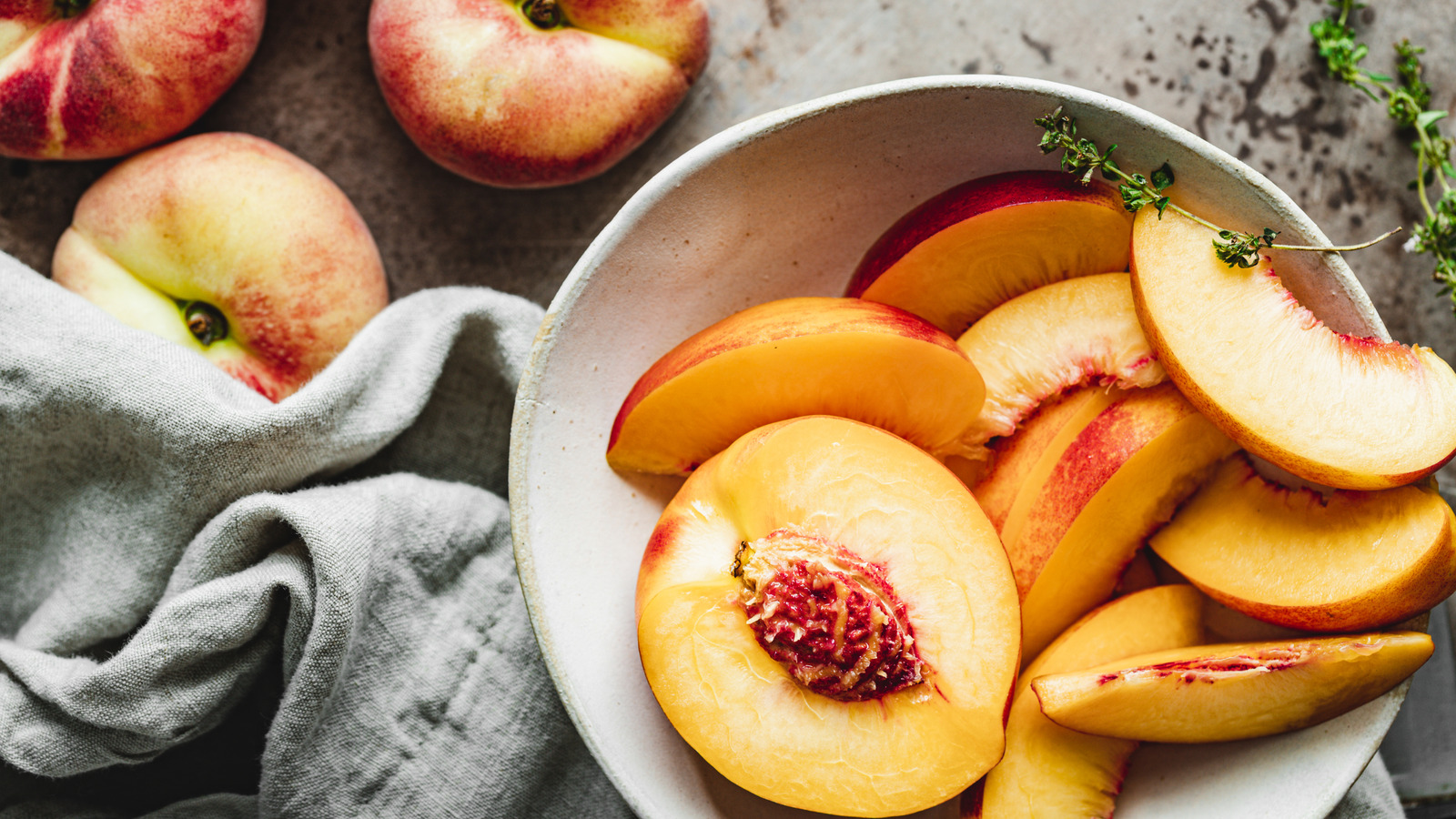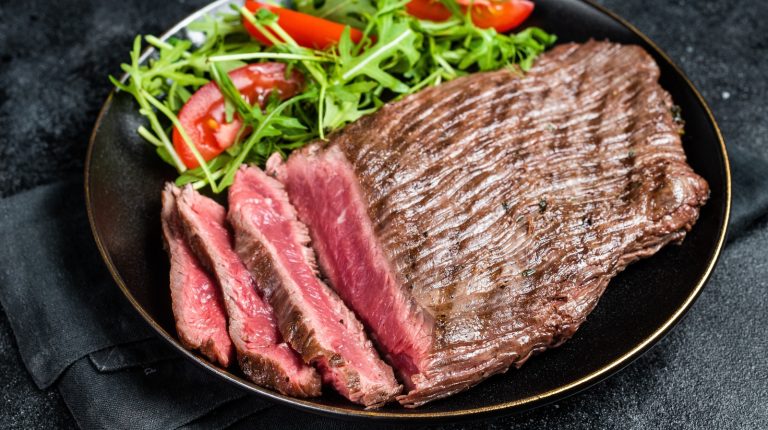It’s possible to find peaches year-round if you really go looking. But during summer, when fresh, juicy peaches are in season, they’re nearly impossible to pass up. There are so many uses for fresh peaches, but that hard pit in the center can slow you down and make them less enjoyable. If you want to remove it, either for eating or cooking, there is a simple method that even works with a clingstone peach. All you need is a paring knife to cut along the equator.
When removing a pit from a peach, you may be tempted to cut it from the stem to the blossom end. Most peaches have a natural line there that looks like a guide. Cut until your knife hits the pit, and continue all the way around. This will split the fruit in half. It works well for freestone peaches, but with clingstones, you may have difficulty prying the pit free.
The best method is to cut along the equator of the peach. Instead of left and right halves, you have a top and a bottom half. Once you have cut all the way around, twist the halves apart. Now, one half will be stone-free, and the other will still have the pit attached. Here, again, cut the remaining half along the equator, not along that seam. Then, as before, twist the two new halves apart. You will be left with one quarter of a peach, with the pit attached, which you can easily pull out with your fingers.
The difference between peach types
There are three basic categories of peaches: clingstone, freestone, and a hybrid between the two. Clingstone peaches are juicier and sweeter, and are great for canning. The name comes from the fact that the flesh adheres to the pit, making it hard to remove. Freestone peaches are the ones we usually find in stores. You can eat these raw or use them in baking. The pit comes loose very easily. Semi-clingstone hybrids are in the middle and can be used for almost anything.
Even though removing the pit from a freestone or a semi-clingstone peach is easier than a clingstone, it still takes a bit of work. This equator method makes it much easier than any other you will find. That includes things like using needle-nose pliers, which can get pretty messy and require you to have a toolbox nearby with sanitized tools.
As for why some stones cling and some don’t, it comes down to chemistry. Freestone peaches have higher levels of water-soluble pectin, while clingstone peaches have water-insoluble pectin. If you make jams, jellies, or even pie filling out of peaches, you know pectin is a binder. That’s exactly what it does in fresh peaches, either helping to hold that pit in place or letting it come free.





